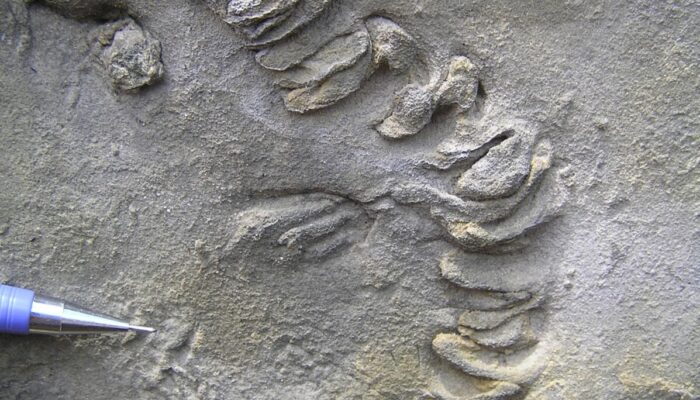Past and present global warming: its effect on the tropics According to meteorological data and climate models, global temperatures have increased by up to 1.1 °C since 1960 because of rising atmospheric greenhouse gas concentrations, including an increase in CO₂ concentrations by up to 200 ppm. In some regions, such as the tropics, home to over 40% of the world’s population, warming has re ...[Read More]
Unlocking the Secrets of Ancient Estuarine Deposits
In recent months, I had the opportunity to work on a project analysing subsurface data from a rock sequence previously interpreted as the product of an estuarine depositional environment. The client sought subsurface maps to characterize the spatial distribution of various geobodies associated with sedimentary deposits typically found in modern estuaries. In other words, the goal was to reconstruc ...[Read More]
Broadening our Understanding of Bird Ichnology through Neoichnology
Introduction Bird footprints are some of the most recognizable traces in the fossil record. Yet birds exhibit a wide variety of behaviours which may be preserved as ancient traces. Records include feeding traces like probing, nesting structures and possibly coprolites, but the study of the traces left by modern birds extends their scope to courtship-related scrapes, swimming and diving traces, bir ...[Read More]
Drilling on world’s rooftop – the Nam Co-ICDP campaign on the Tibetan Plateau
International Scientific Continental Drilling Program (ICDP) campaigns may lead scientists from all over the world to most exciting places that are often of extraordinary beauty and remoteness. All these attributes certainly apply to Lake Nam Co situated at an altitude of 4700 m above sea level on the Tibetan Plateau in the Himalayas. Today this area supplies one third of the humankind with fresh ...[Read More]




